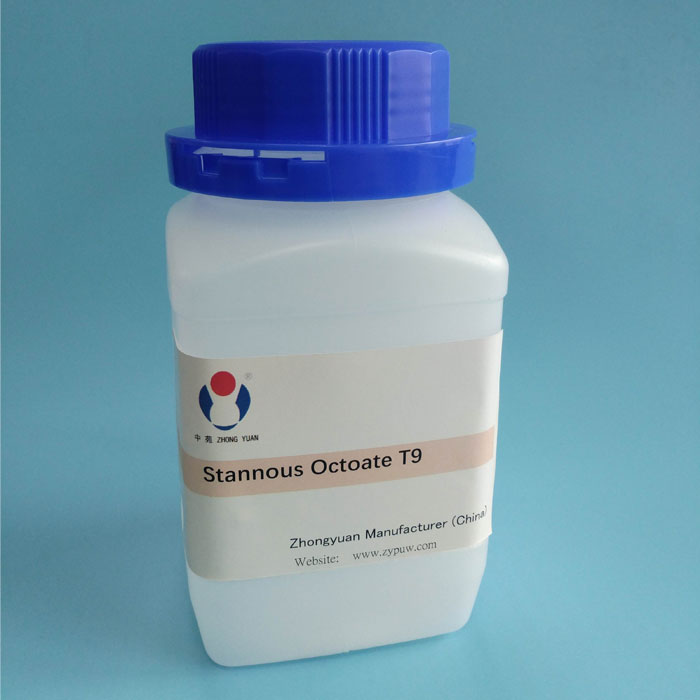- English
- Español
- Português
- русский
- Français
- 日本語
- Deutsch
- tiếng Việt
- Italiano
- Nederlands
- ภาษาไทย
- Polski
- 한국어
- Svenska
- magyar
- Malay
- বাংলা ভাষার
- Dansk
- Suomi
- हिन्दी
- Pilipino
- Türkçe
- Gaeilge
- العربية
- Indonesia
- Norsk
- تمل
- český
- ελληνικά
- український
- Javanese
- فارسی
- தமிழ்
- తెలుగు
- नेपाली
- Burmese
- български
- ລາວ
- Latine
- Қазақша
- Euskal
- Azərbaycan
- Slovenský jazyk
- Македонски
- Lietuvos
- Eesti Keel
- Română
- Slovenski
- मराठी
- Srpski језик
Analysis of PU Catalysts
2022-09-20
The choice of PU catalyst affects the reactivity of the entire foaming system. The reactivity of a foaming system is expressed by the activation time of the system, the curing process, the demolding or the curing time.
Changes in reaction selectivity, as a function of changes in catalyst selection, affect the balance of reactions that take place, the type and order of polymer chains formed, and the flowability of the foaming system, thereby affecting the processing and physical properties of the final foam.
Commonly used catalysts for urethane foaming are tertiary amines, quaternary amines, amine salts and metal nucleate salts (usually SnII, SnIV or K+). Tertiary amines are used to promote gelation. Foaming and crosslinking reactions. Limb salts and thermosensitive amines, such as diazobicycloundecane, are used to provide delayed action. Metal salts strongly influence the gelation reaction.
The stannous compound (SnII) has low cost, but is easily hydrolyzed and unstable. Its typical use is where individual streams can be metered, such as soft lumps.
Tin compounds (SnIV) are not easily hydrolyzed and can be incorporated into systems such as soft molding and rigid foaming. For example, a specific class of compounds such as quaternary amines, potassium nucleic acid, tris(dimethylaminomethyl)phenol and 2,4,6-tris[3-(dimethylamino)n-propyl]hexahydromesobar Trimerization is highly selective.
Changes in reaction selectivity, as a function of changes in catalyst selection, affect the balance of reactions that take place, the type and order of polymer chains formed, and the flowability of the foaming system, thereby affecting the processing and physical properties of the final foam.
Commonly used catalysts for urethane foaming are tertiary amines, quaternary amines, amine salts and metal nucleate salts (usually SnII, SnIV or K+). Tertiary amines are used to promote gelation. Foaming and crosslinking reactions. Limb salts and thermosensitive amines, such as diazobicycloundecane, are used to provide delayed action. Metal salts strongly influence the gelation reaction.
The stannous compound (SnII) has low cost, but is easily hydrolyzed and unstable. Its typical use is where individual streams can be metered, such as soft lumps.
Tin compounds (SnIV) are not easily hydrolyzed and can be incorporated into systems such as soft molding and rigid foaming. For example, a specific class of compounds such as quaternary amines, potassium nucleic acid, tris(dimethylaminomethyl)phenol and 2,4,6-tris[3-(dimethylamino)n-propyl]hexahydromesobar Trimerization is highly selective.
Polyurethane foams are characterized by a variable polymer structure to meet a wide range of application needs. This structural difference is not only caused by the different isocyanates and polyols used as raw materials, but also related to the different reactions carried out by these raw materials. These reactions are strongly influenced by the type and amount of PU catalyst used.




